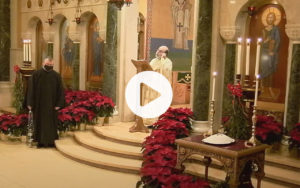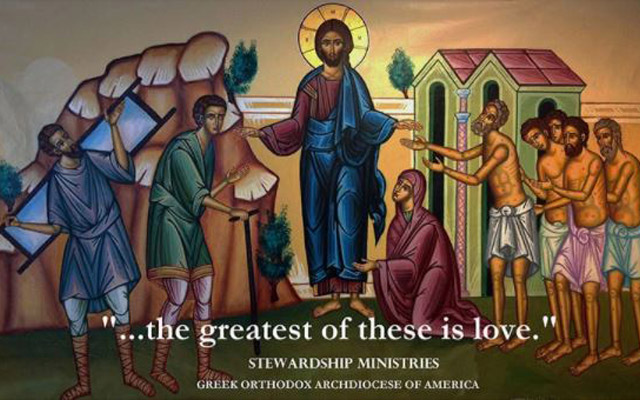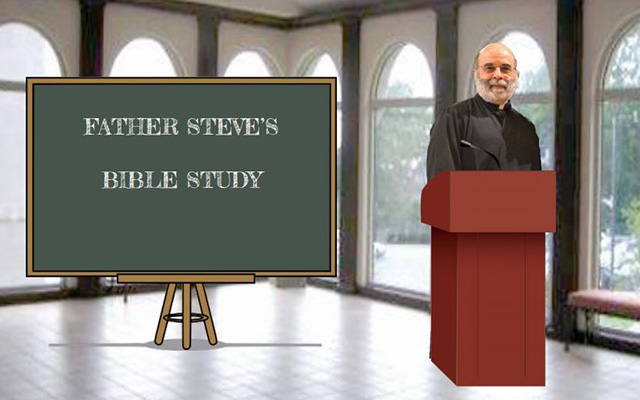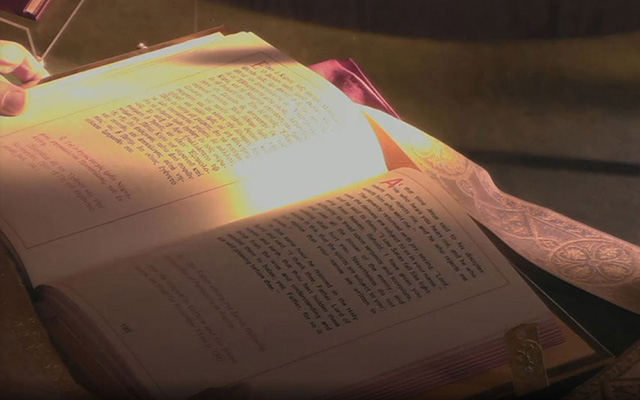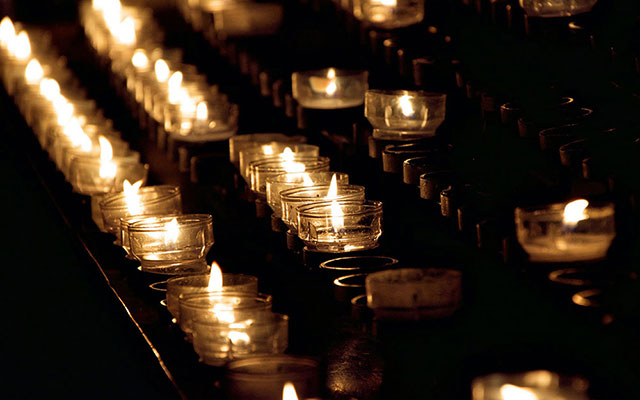The Fourth Saturday of Great Lent: The Annunciation of the Theotokos
Reading Six months after John the Forerunner’s conception, the Archangel Gabriel was sent by God to Nazareth, a town of Galilee, unto Mary the Virgin, who had come forth from the Temple a mature maiden (see Nov. 21). According to the tradition handed down by the Fathers, she had been betrothed to Joseph four months. On coming to Joseph’s house, the Archangel declared: “Rejoice, thou Full of Grace, the Lord is with thee: blessed art


